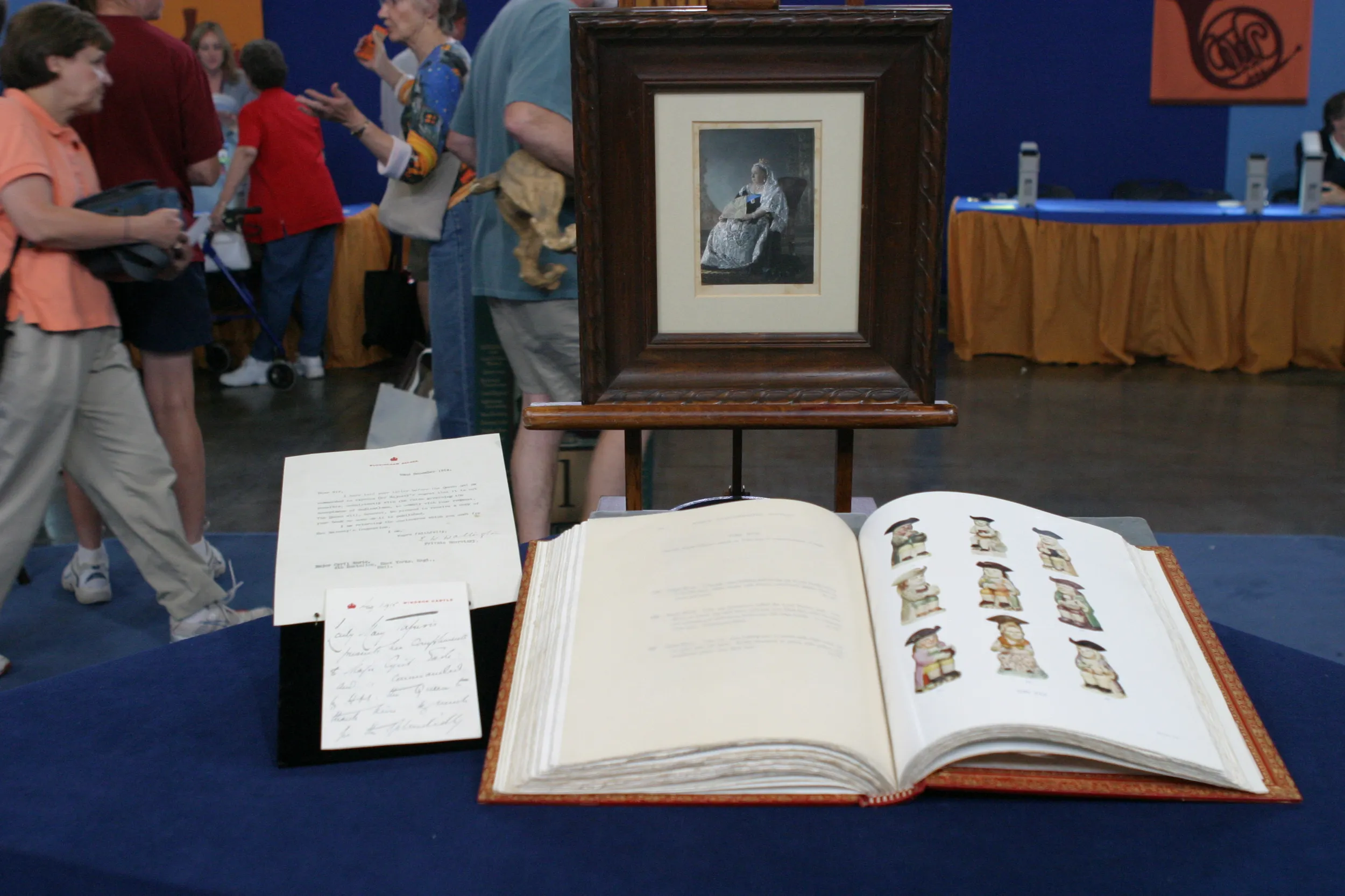1993 "Magic: The Gathering" Beta Cards
GUEST: I brought in Magic cards. My husband played Magic in the '90s.
APPRAISER: Okay.
GUEST: And at the time, he made a concerted effort to get, uh, whole sets. He played with his friends, and played in tournaments.
APPRAISER: Okay.
GUEST: But then I think he wanted to have a complete set.
APPRAISER: Yep.
GUEST: And so he would buy individual packs at the, at the store.
APPRAISER: Mm-hmm.
GUEST: In, until he was able to put together a complete set. He traded for some of the cards, as well.
APPRAISER: Magic: The Gathering was created in 1993 by Richard Garfield in collaboration with Wizards of the Coast. And it was actually considered the first trading-card game that started the craze. So, like, Pokémon, Yu-Gi-Oh, all those card games came afterwards, after the influence Magic had on the collecting community. Now, when Magic came out, it was first "alpha limited" set. Now, the alpha set consisted of 295 cards, and then there was a second reissue called the beta limited set, and which you have here, all cards for the beta set, which, it was limited to 302 cards. Now, you've never played Magic or anything like that?
GUEST: I haven't played-- my husband played.
APPRAISER: Okay, so to give you the image, just pretend you're two dueling wizards, and you're going to be summoning some spells, you're going to be put, bringing out some creatures. And the whole point is, each player starts with 20 life points, and the whole goal is me, as a competing wizard, I want to say, "Oh, I want to drain your life points." So the first person to bring the other opponent to zero wins. Do you know why we have the binder open to this page with these nine particular cards?
GUEST: No, I don't.
APPRAISER: Okay. (imitates explosion) That's like mind...
GUEST: (laughs)
APPRAISER: This is referred to as "the power nine," and the reason why we call it the power nine is, these are literally the most powerful cards in existence in the Magic world. Now, today, the power nine are not allowed to be played in decks or anything like that.
GUEST: Really?
APPRAISER: Unless it's a vintage tournament. So all of these cards were printed in 1993 as part of the beta set. And after that, they went into an unlimited printing. They just printed and printed and printed.
GUEST: Oh.
APPRAISER: So, by seeing the black border, the rounded corners, and these little white dots in the printing on each edge of the image?
GUEST: Yeah.
APPRAISER: That's how we're able to tell these are printed in 1993, part of the original set. If you had to guess, what do you think the value on nine cards is?
GUEST: Couple of hundred dollars?
APPRAISER: Couple of hundred dollars. Now, because they're ungraded-- now, the grade and condition of a card significantly affects the value. That's why we left it right in the binder, because I don't even want to breathe on them, let alone touch it, because the slightest nick, the slightest crease all affects the value. Looking at both sides of the cards, judging the wear, I would say they all probably range around an eight out of ten condition. You might have a 7.5 in there. But they've all been well taken care of. For the power nine right here, as they sit, without professional grading, at auction, you'd be looking at $50,000 to $75,000.
GUEST: (chuckles) Oh, my gosh.
APPRAISER: (laughs) Yeah, right? So out of that $50,000 to $75,000, the black Lotus, which is, like, the créme de la créme-- that's the card everybody wants-- is $15,000 to $20,000 in its current condition.
GUEST: Okay.
APPRAISER: The second card right here, the Mox Emerald, which is one of the five jewel cards that you can see here, is the rarest of them all. In its current shape, you'd be looking at about $8,000 to $12,000. Now, that's just this page of nine cards.
GUEST: (laughs)
APPRAISER: When it comes to the other cards that you have here...
GUEST: Yeah.
APPRAISER: If you look here, this card right there, Volcanic Island, now, that is what we refer to as a dual land or a dual mana card. The cool part about that card is, it was not included in the alpha set.
GUEST: Mm-hmm.
APPRAISER: It was only issued in the beta set. So, that's its first issue. That card alone, at auction in its current shape, would be between $5,000 and $10,000.
GUEST: Huh.
APPRAISER: In the remainder of the binder, for all the pages there-- 'cause they're all beta cards, they're all early 1993 beta cards-- you're looking at an additional $10,000 to $15,000. So cumulatively, you're looking at, at auction, at between $65,000 and $100,000 in trading cards here.
GUEST: Oh, my gosh.
APPRAISER: So, see? Aren't you happy you didn't lose them in your backpack?
GUEST: I am happy.
APPRAISER & GUEST: (both laughing)
APPRAISER: Would you have ever expected your husband's, uh, trading card...
GUEST: No, because they, they're just, like, they're cards to me.
APPRAISER: Yeah, now, this is, like, "Let's send the kids to college" kind of money right here.
GUEST: That's exactly, the college savings right here.
APPRAISER: Yeah, it's literally the best culmination of Magic cards I've ever seen in one setting. Like, it's absolutely ridiculous.
GUEST: Oh, wow.
APPRAISER: That's why when you came up to us, I was, like... (imitates heart racing) Looking at the... Looking at the binder, I was, like, "Whew!" In the marketplace, this is hotter than fire. The demand for these cards is uncontrollable. And you would absolutely sell them individually. Because if I'm at home, and I have five out of the nine cards, I don't need to buy all nine-- that's a ton of money. I just need that one or two extra card.
GUEST: Right.
APPRAISER: Power nine, baby-- unbelievable. For me, this is like looking at a painting. Like, you go to the museum, it's, like, "Oh, a Renoir."
GUEST: (laughs)

$65,000 - $100,000 Auction
Phoenix, AZ (2019)
Featured In
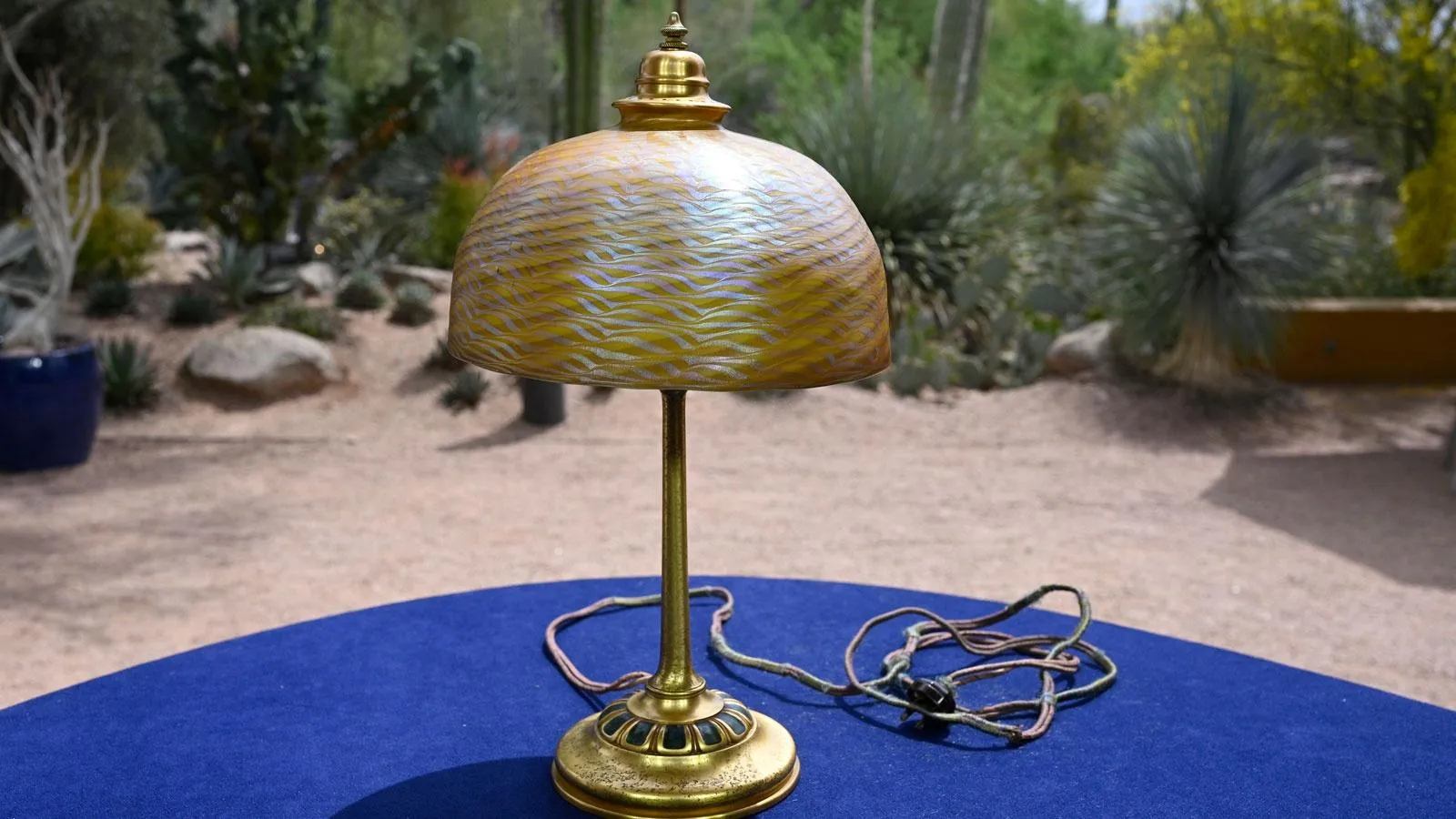
episode
Desert Botanical Garden, Hour 1
Phenomenal Phoenix finds abound at the Desert Botanical Garden—one is worth up to $100K!
Books & Documents
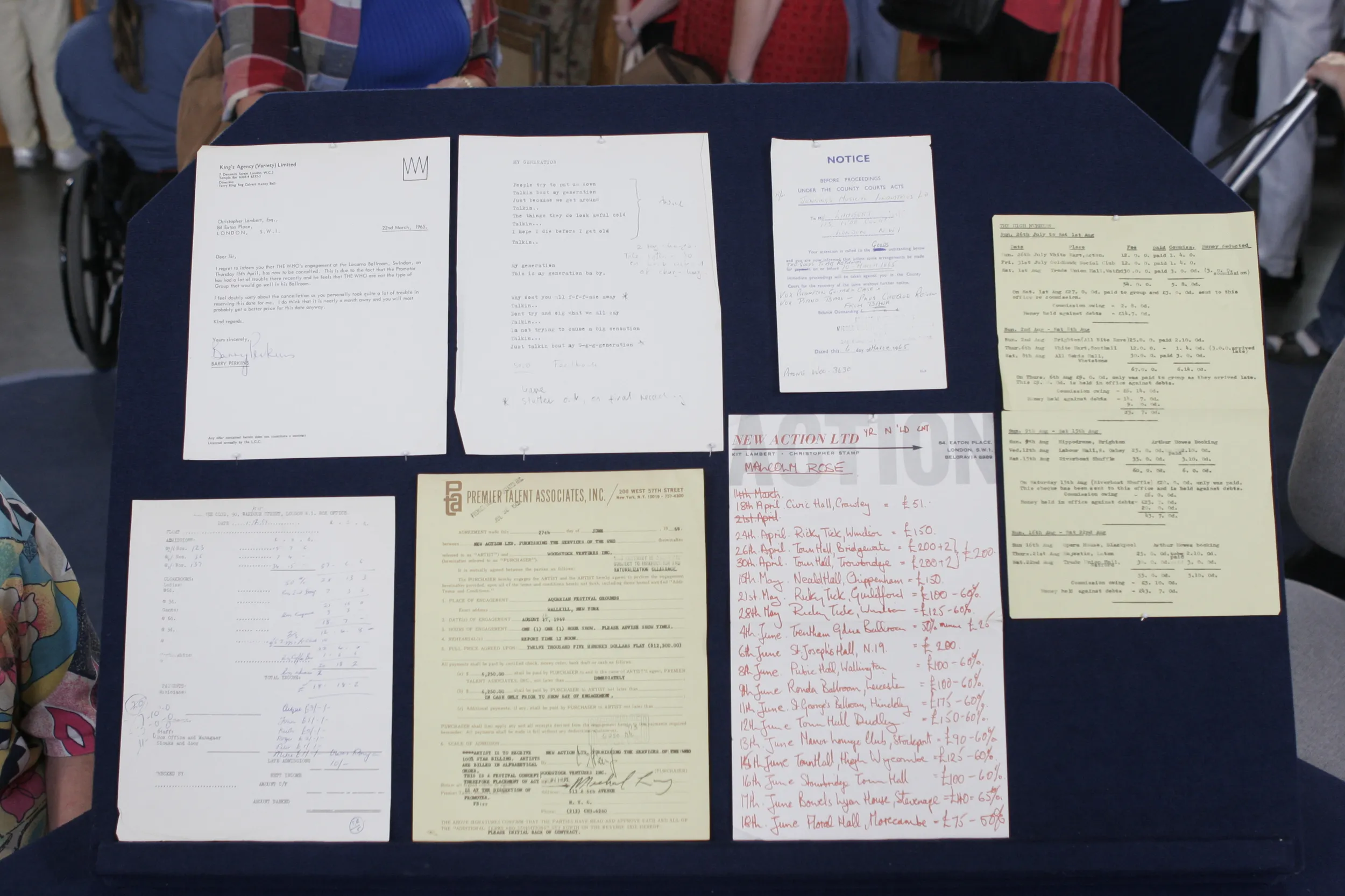
appraisal
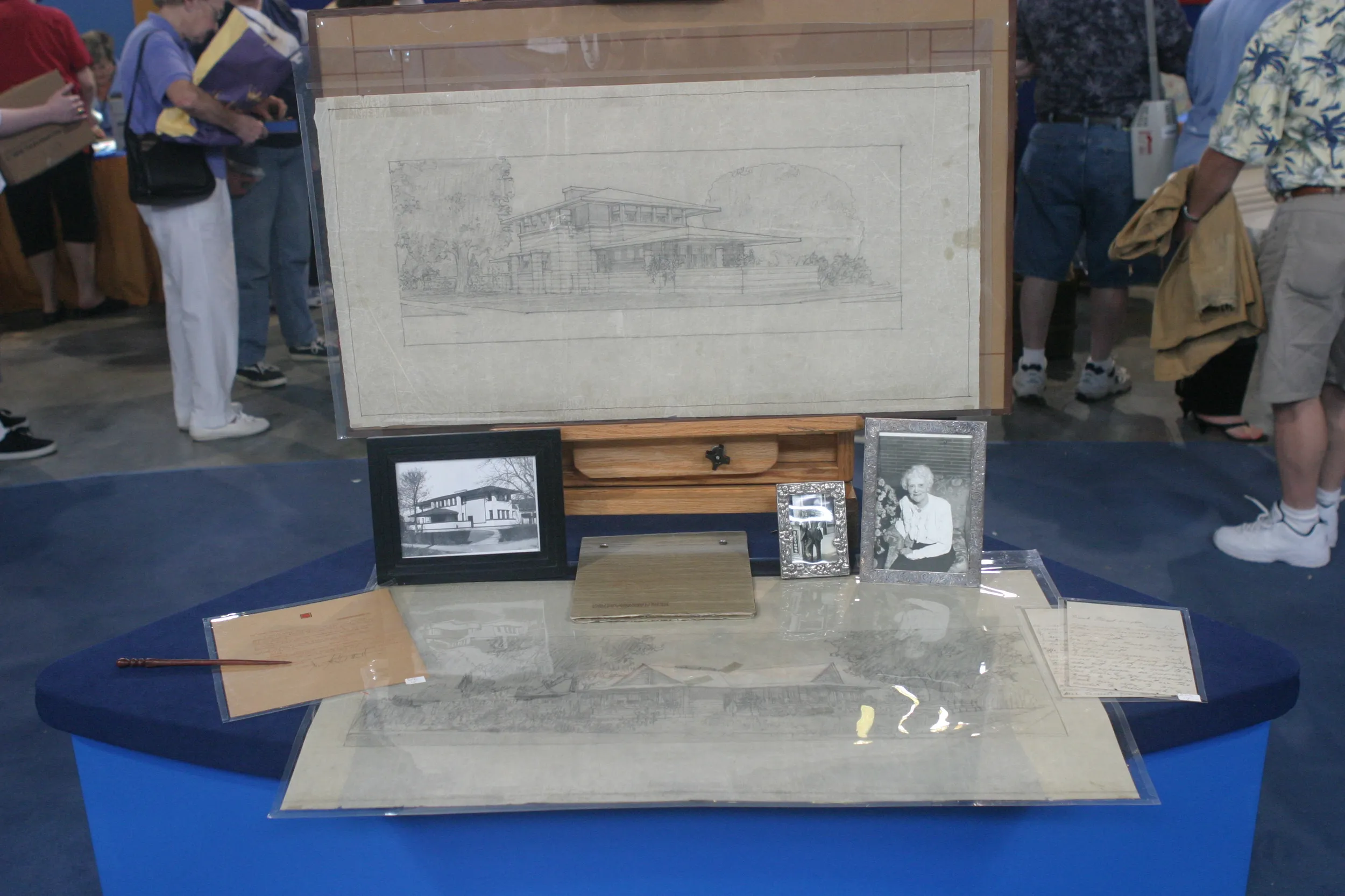
appraisal
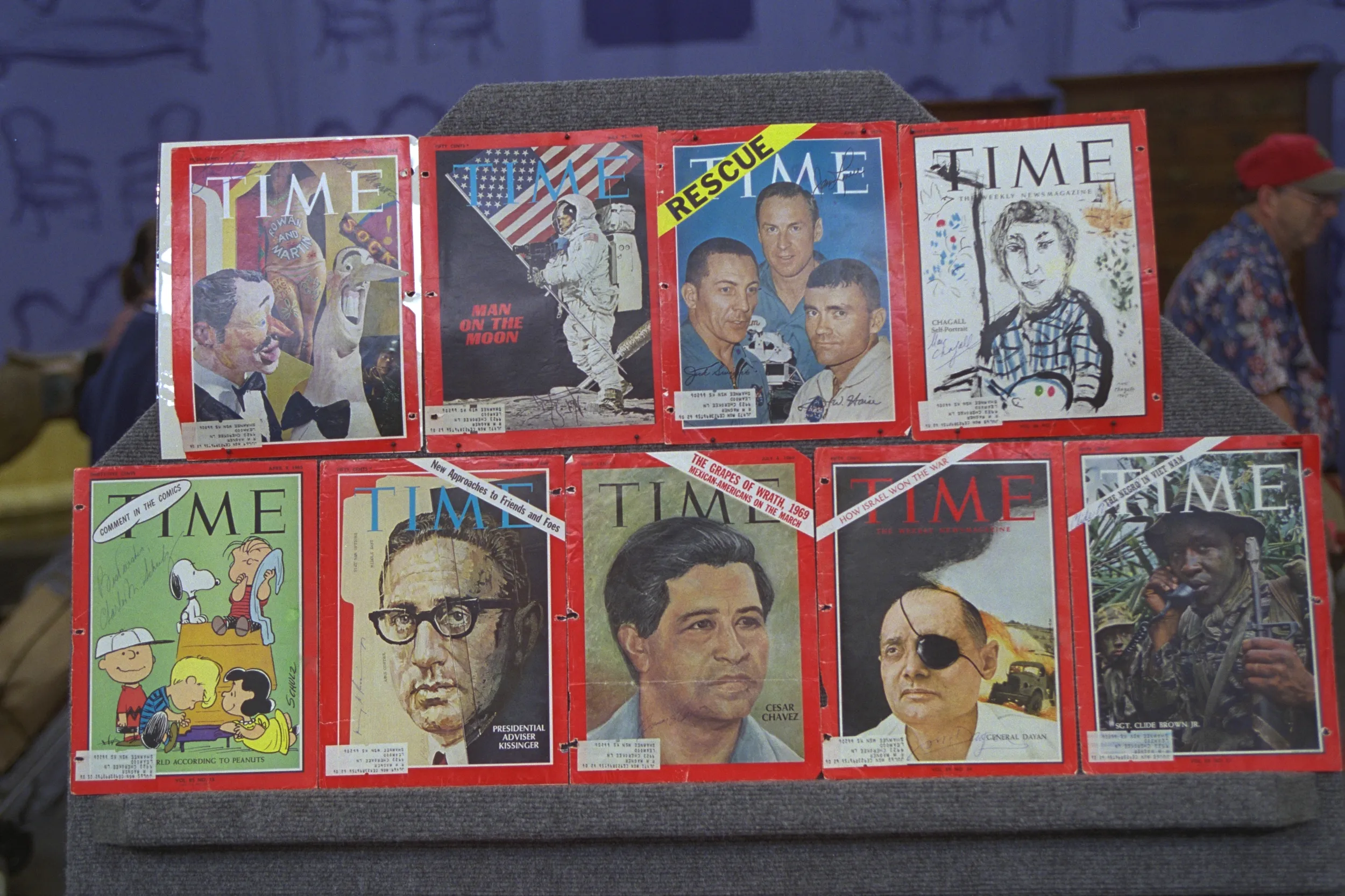
appraisal
Understanding Our Appraisals
Placeholder
